NASA Telescopes Capture Star's Disintegration
Two NASA telescopes have captured a star’s disintegration by an intermediate-mass black hole in an elliptical galaxy. The star– an ultraluminous X-ray source (ULX) – has been spotted in the galaxy, NGC 1399, in a primitive globular cluster Fornax by Chandra X-ray Observatory and the Magellan I and II telescopes.
ULX is an ‘unusual’ celestial object that emits more X-rays than any known stellar X-ray source, but less than the bright X-ray sources connected with supermassive black holes established in the centre of galaxies.
Their exact nature has remained a ambiguity, but one suggestion is that some ULXs are black holes with masses between about a hundred and a thousand times that of the Sun, NASA said.

Data from the telescopes explain “the spectrum reveals emission from oxygen and nitrogen but no hydrogen, a rare set of signals from within globular clusters. The physical conditions deduced from the spectra suggest that the gas is orbiting a black hole of at least 1,000 solar masses,” the space agency said.
According to astronomers, the object is a white dwarf star which has been ripped apart by tidal forces after ‘straying’ too close to the black hole. The debris created after the star’s collapse has become the source of the X-ray emission.
The researchers have also found that the star is part of a very old, tightly-bound grouping of stars. It’s been long supposed that such globular clusters harbour intermediate-mass black holes. The latest finding may validate the perception, NASA said.










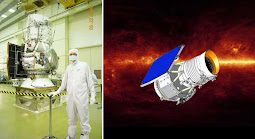







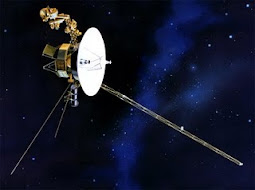

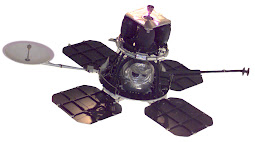


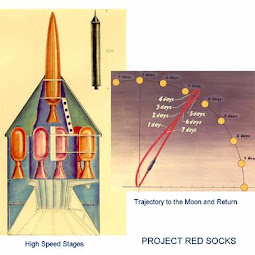
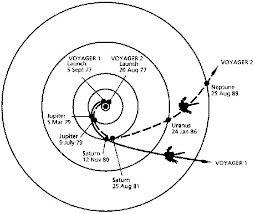



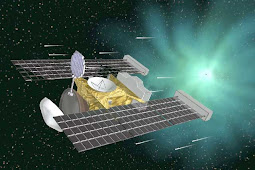

0 comments:
Post a Comment